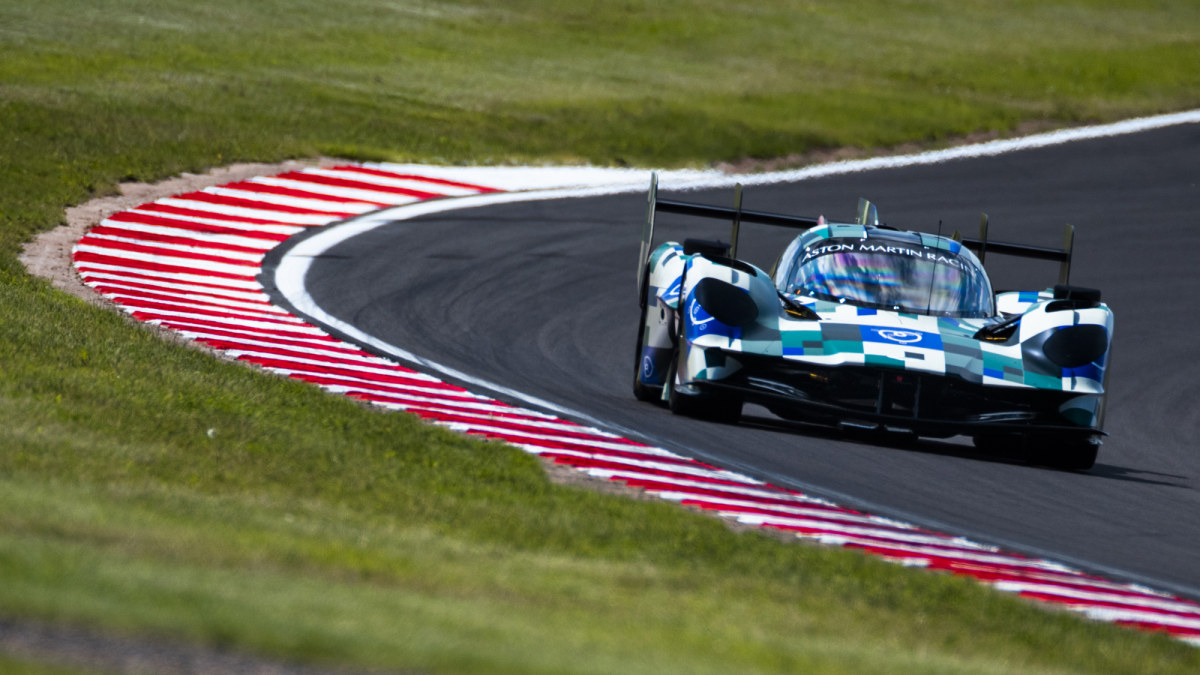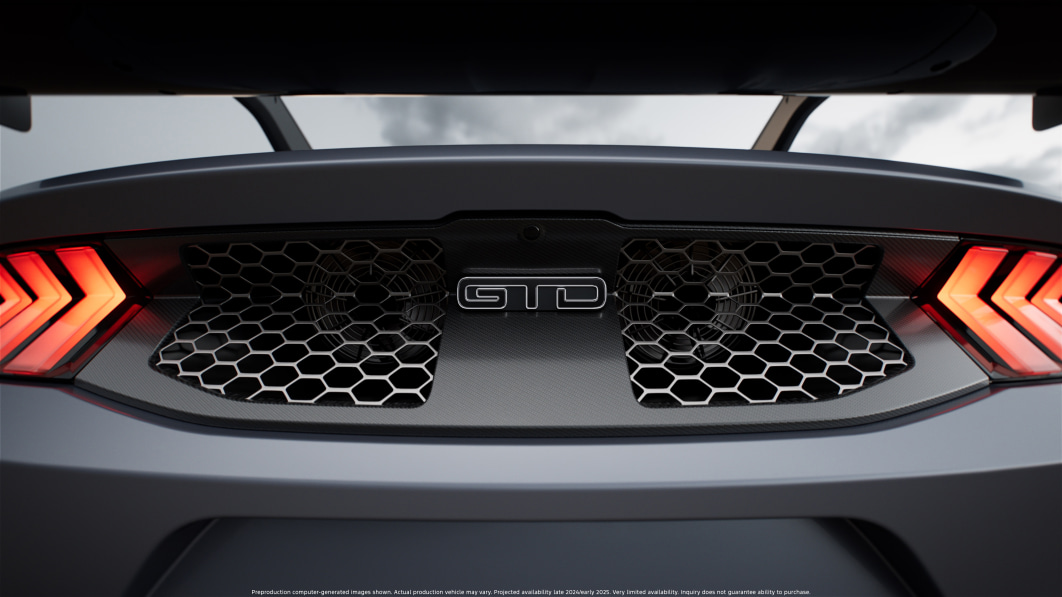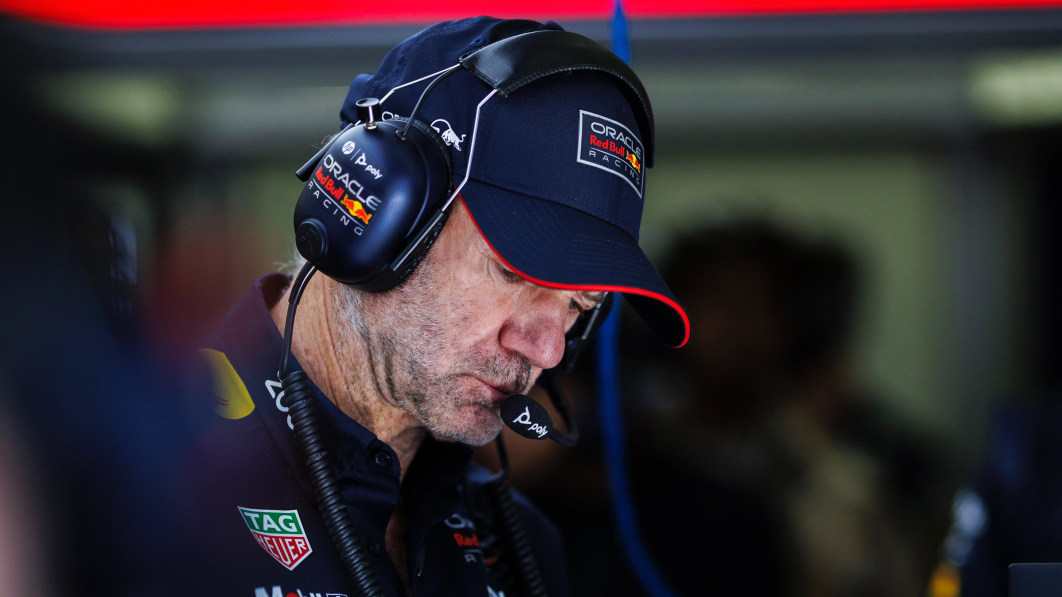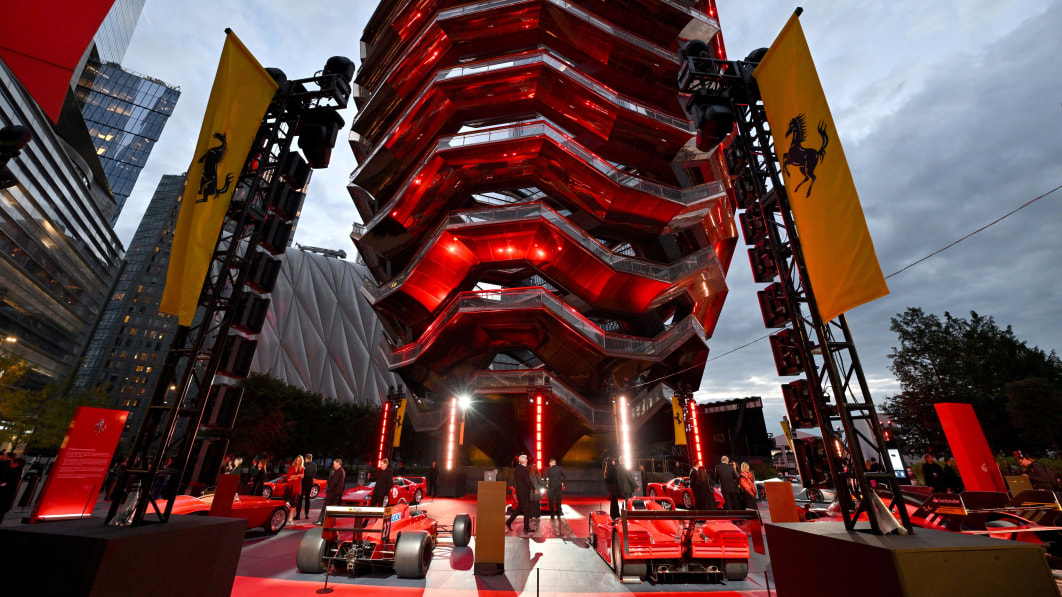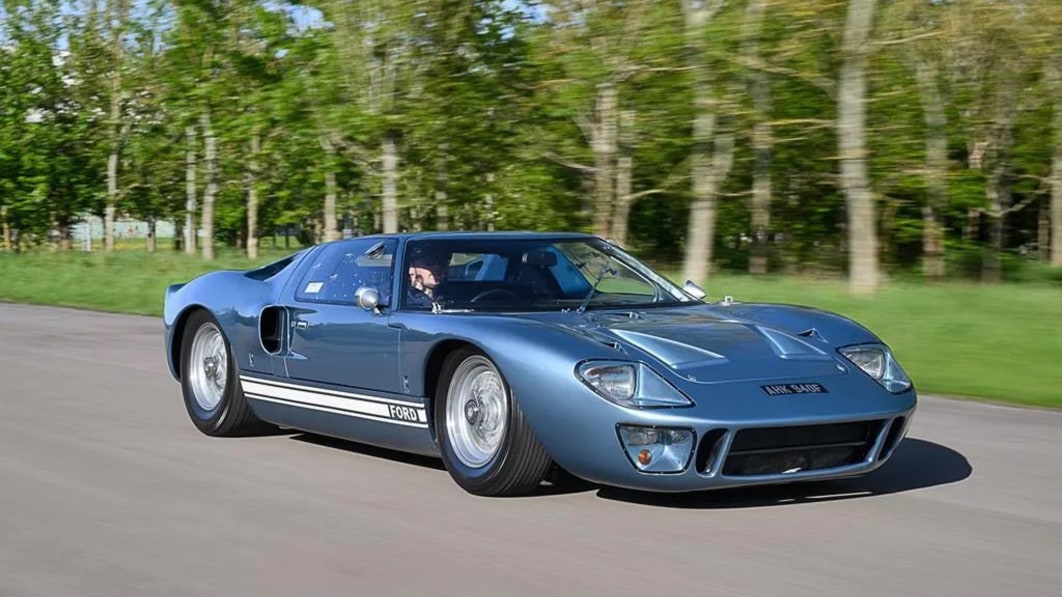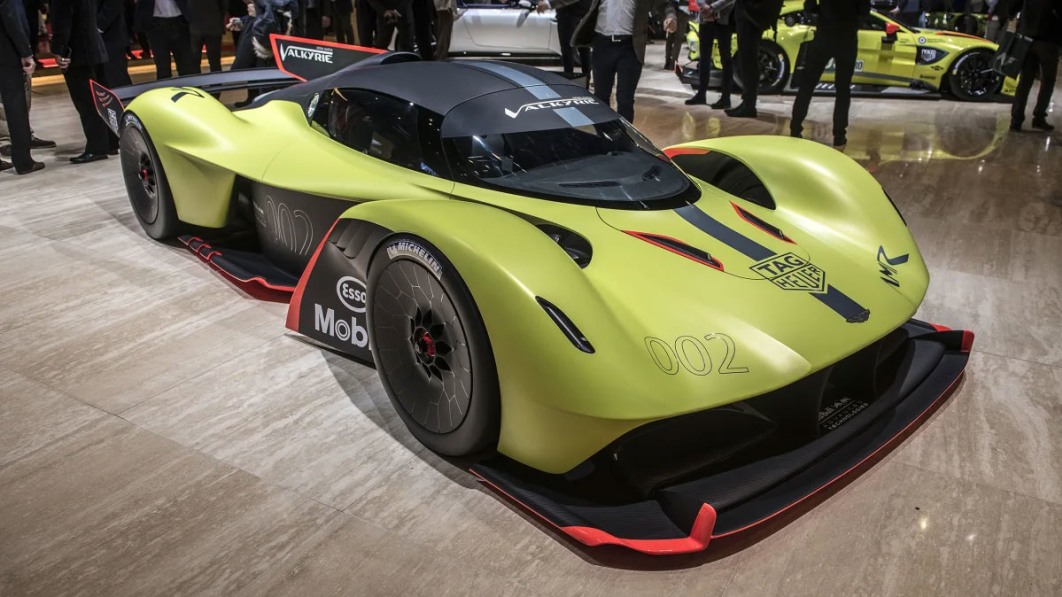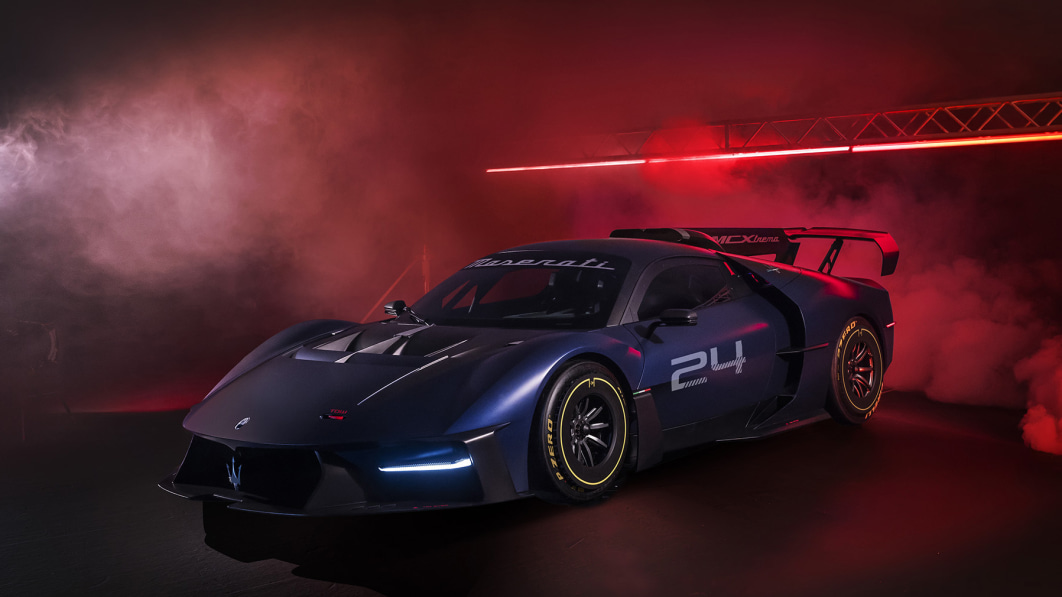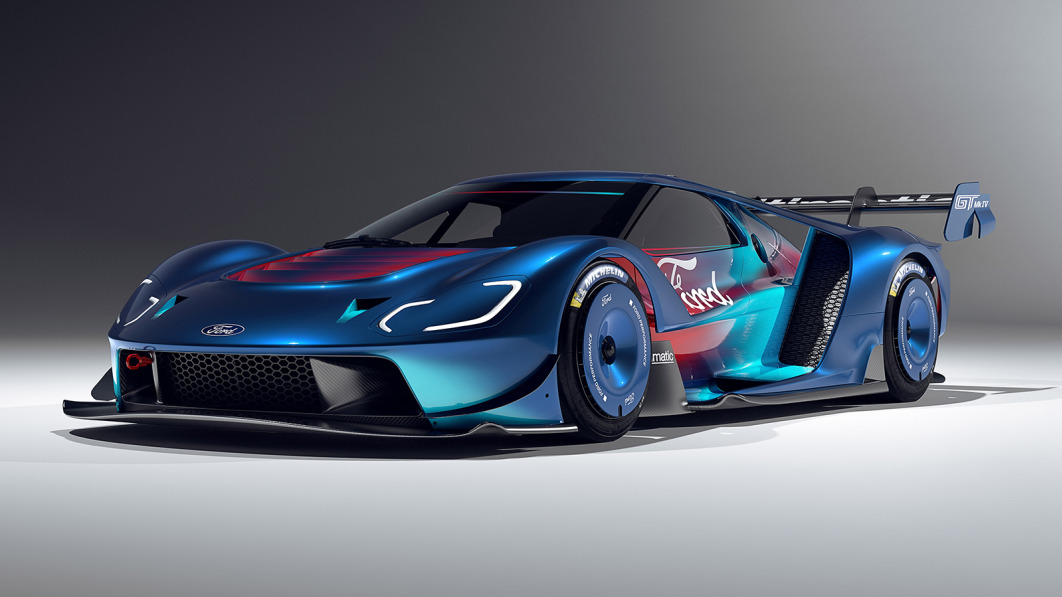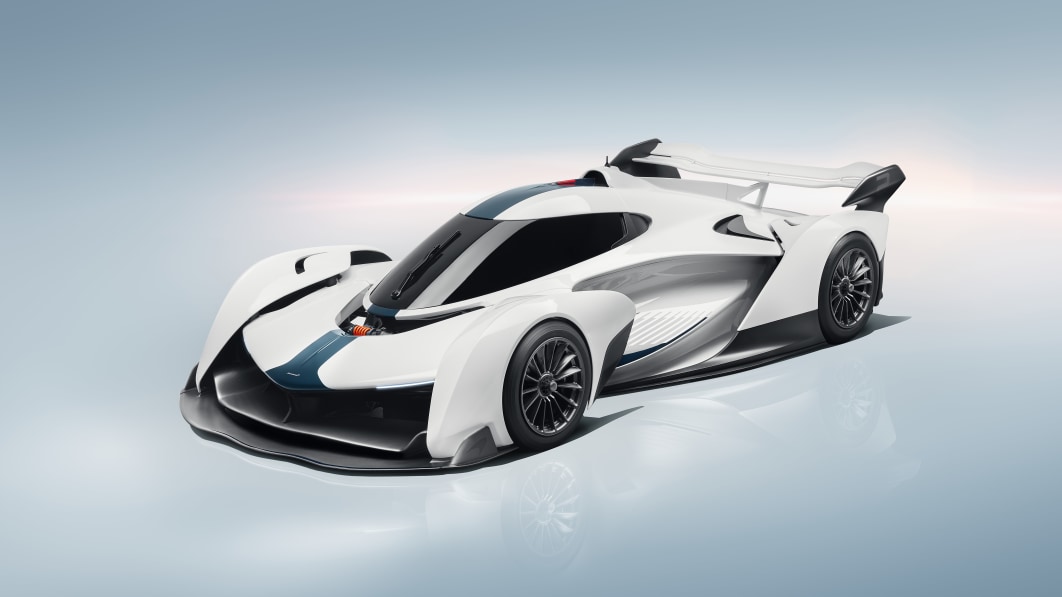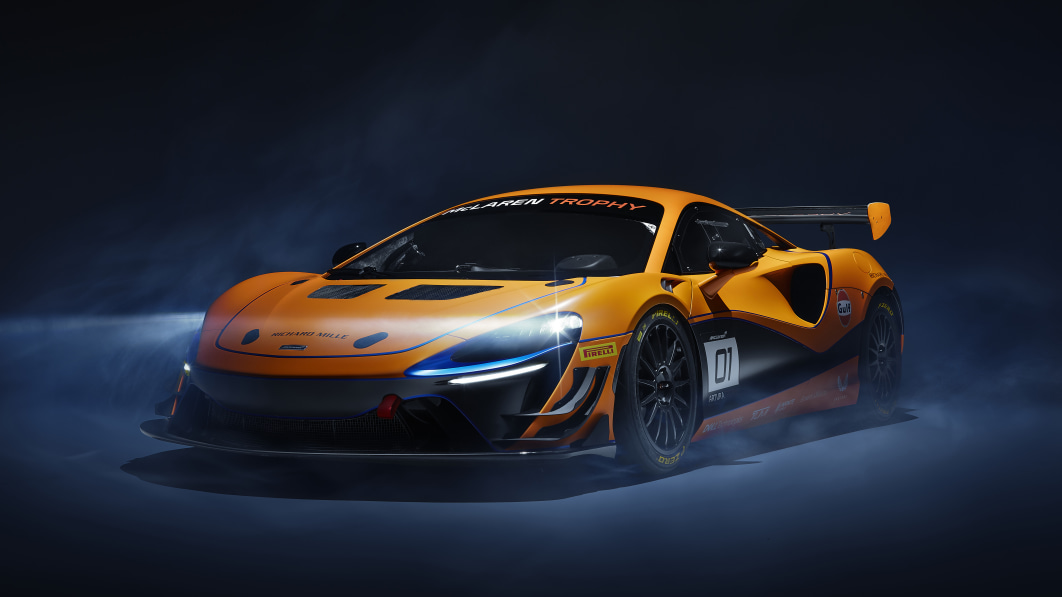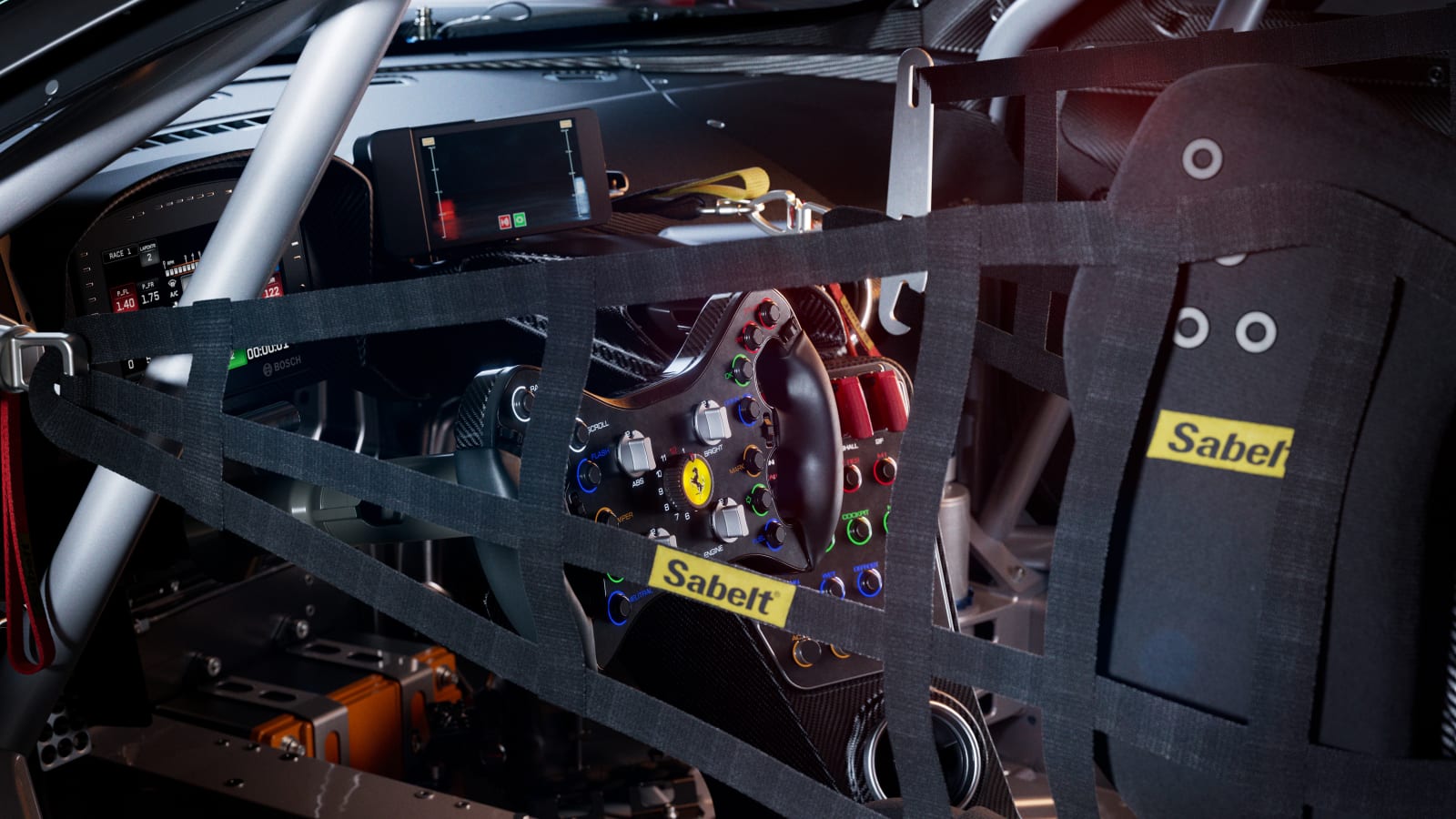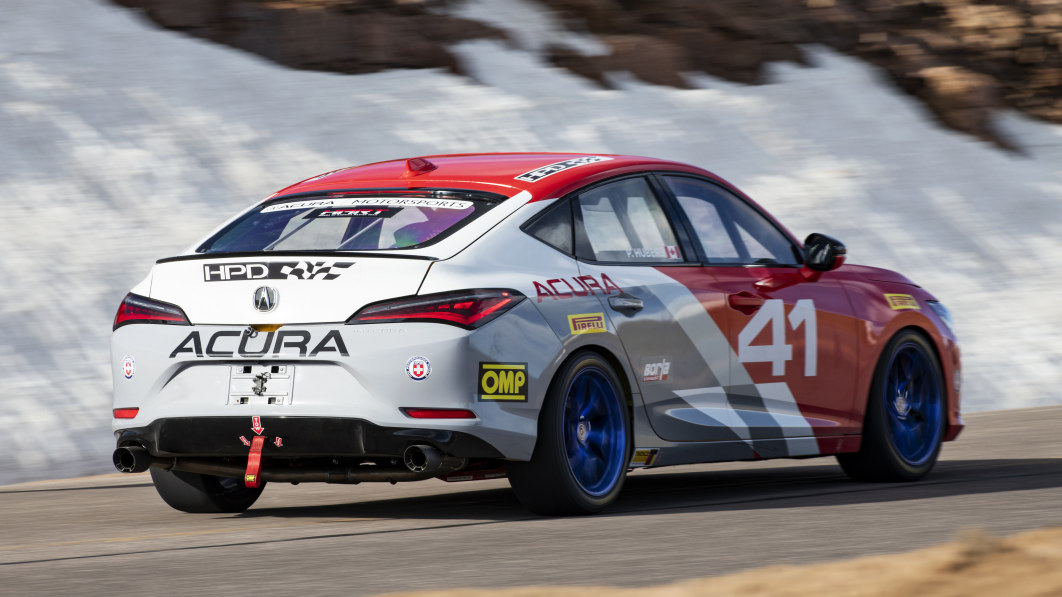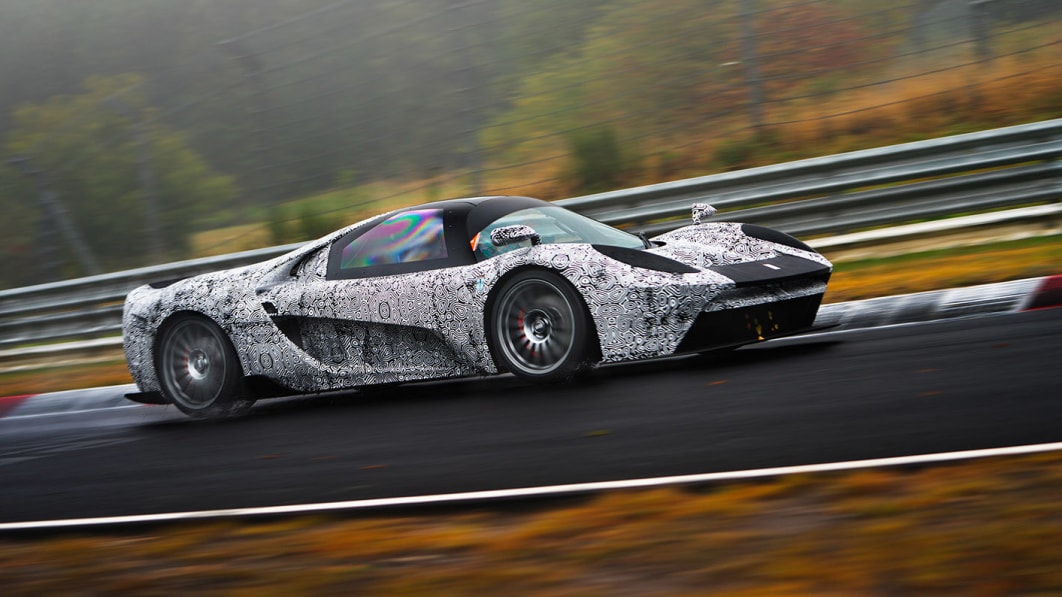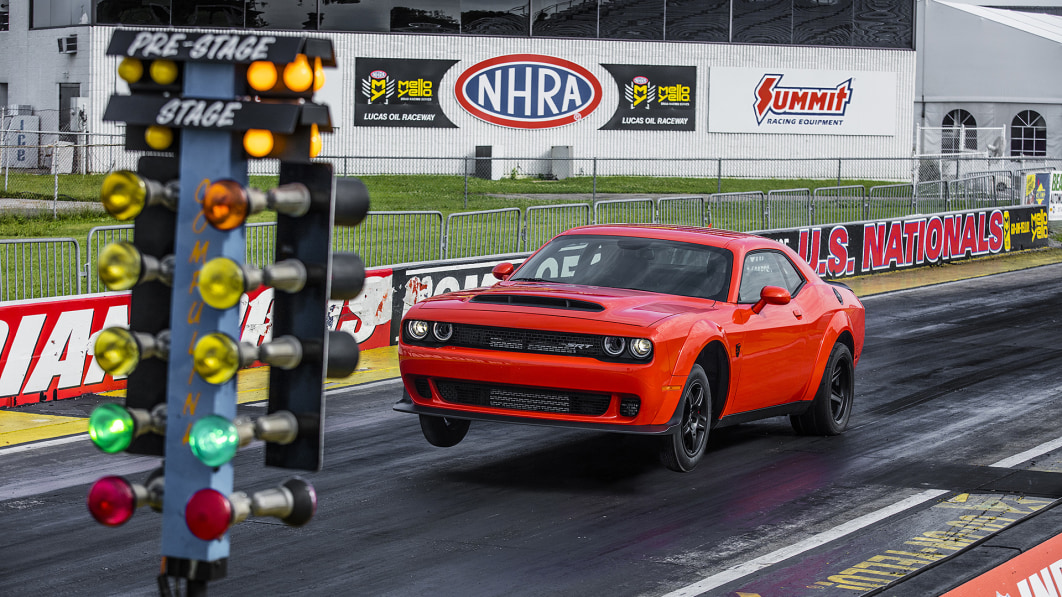Ferrari hosted a gala for its new charitable educational foundation this week in New York City, at The Shed in the Hudson Yards on Manhattan’s West Side. As part of this, the Italian exotic carmaker displayed 14 “game changing” vintage and contemporary vehicles outside the sculptural Vessel structure. These included vehicles from the contemporary Prancing Horse lineup such as the Purosangue and 296 GTB; custom Icona cars like the Monza SP1 and Daytona SP3; vintage supercars like the Enzo, La Ferrari, F40, and F50; and racing cars like the 66M, F1-89, and 333 SP. According to a Ferrari spokesperson, 40,000 people visited the space on the first day it was open.
The brand also hosted screenings of the forthcoming Michael Mann movie, “Ferrari,” for top clients, following its premiere at the New York Film Festival. Adam Driver, who plays Enzo Ferrari in the dramatic biographical film, attended the gala along with Mann, who, in addition to being a Ferrari owner has also shot promotional video for the brand. Actor Nicholas Hoult (“The Great,” “Renfield”) who has been training to race in the Ferrari Challenge Series, also attended. A performance by musician John Legend was the evening’s entertainment.
If this isn’t enough of a big-city presence, Ferrari also runs a very fancy client showroom uptown on Park Avenue, one of just three Tailor Made sites in the world (the others are in Maranello and Hong Kong), constructed to help clients customize their cars with special high-profit leathers, trim bits, paint-to-sample colors, and the like.
All of this raises the question, why is Ferrari betting so big on New York, the least car-friendly city in America? “We wanted to have also something here in New York, on the East Coast, to be connected with the local community here,” says Enrico Galliera, the Italian marque’s chief marketing officer, as we sit together on the 24th floor of the Equinox Hotel in Hudson Yards, overlooking the events in the plaza from on high. (As we stare outside, a Ferrari spokesperson points out that the brand’s first importer in America, Luigi Chinetti, had his dealership just a few blocks south on 11th Avenue.)
As a test driver of high end sport and luxury vehicles for 15 years, a New York resident for over 30 years, and a car lover for far longer, I can attest that seeing a Ferrari driving through the city is an extremely rare experience, unless I am behind the wheel. But apparently, Ferraris are hidden all over town.
“You will be surprised to know how many Ferrari collectors there are in New York and how many big collections there are in Manhattan,” says Galliera. “When I came years ago, I went to visit one of these big collectors that is living in Manhattan, and all his collection is underground in the parking lot of his building. And he was telling me, you know, Enrico, I’m working here. Whenever I get stressed in my work, I take the elevator, I go downstairs in the basement, I decide which one, and then I jump in one, I take it out to drive, I relax, and I go back to work. So in Manhattan, maybe it’s not the best place where you can see Ferraris, but there’s a lot of Ferraris and a lot of big collectors in Manhattan.”
The Tailor Made site has also been a rousing success. “Since the beginning, we understood that there was a huge potential for the client experience. And now it has become an important center of our meetings for clients that visit in New York,” says Galliera. I note that, since it opened in late 2019, Lamborghini and Aston Martin have both opened similar sites in the city. “I didn’t visit them yet,” Galliera says, smiling. “But you know, I keep saying that as far as your competitors, I’m not saying copying. But if they try to do whatever you did before, it means that it was successful.”
At the gala, Ferrari auctioned off a customized one-off 812 Competizione for $5.1 million, as well as other Prancing Horse-branded and -adjacent ephemera, to help fund its educational initiative. The company raised a total of $7 million for the charity. So, at the end of our conversation, I asked Galliera how he would measure success for the event, and its potential continuation: Raising money? Raising awareness? Raising engagement?
“I think all these point that you said,” he said, smiling again. “But I would not measure engagement, because it’s already there.”

